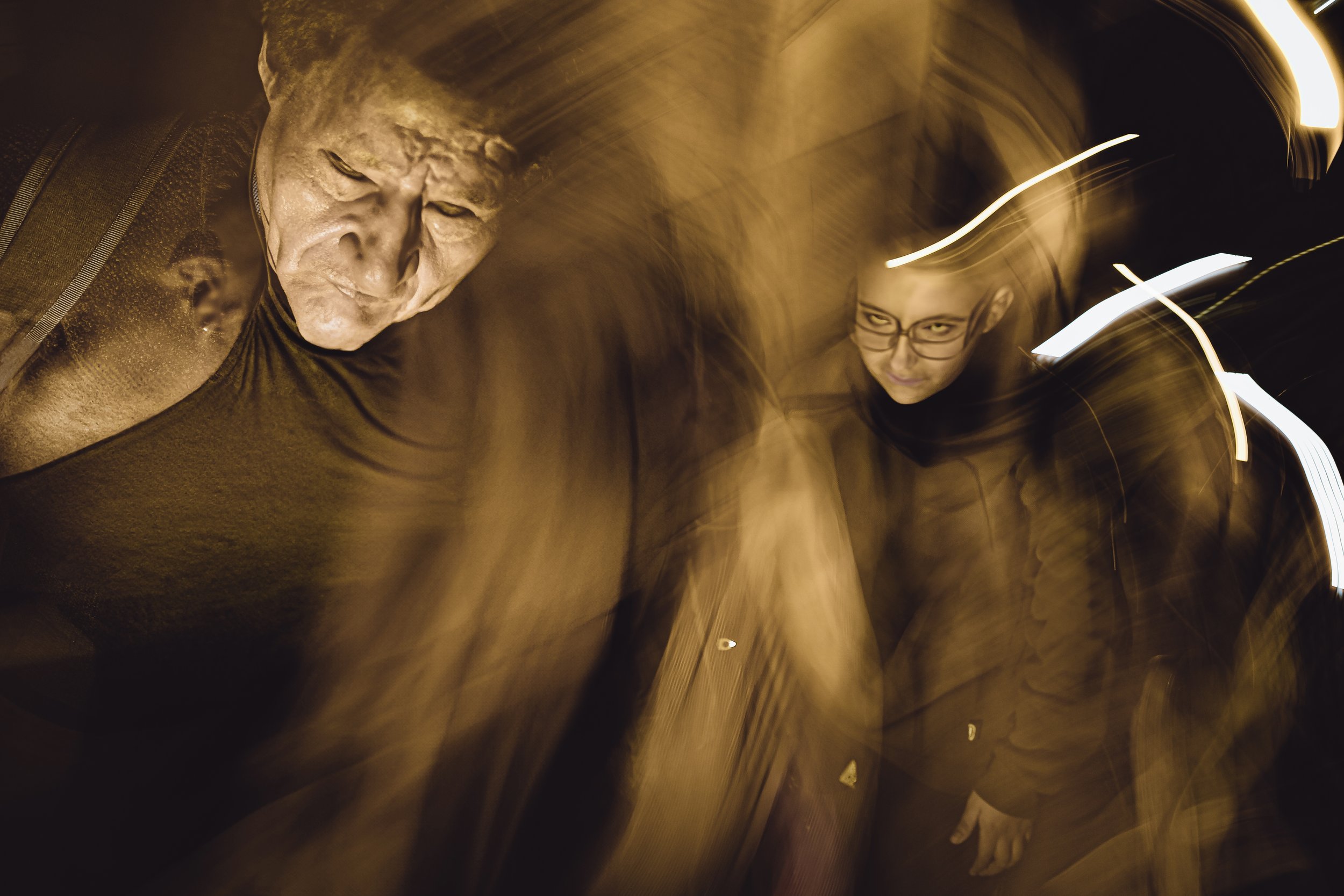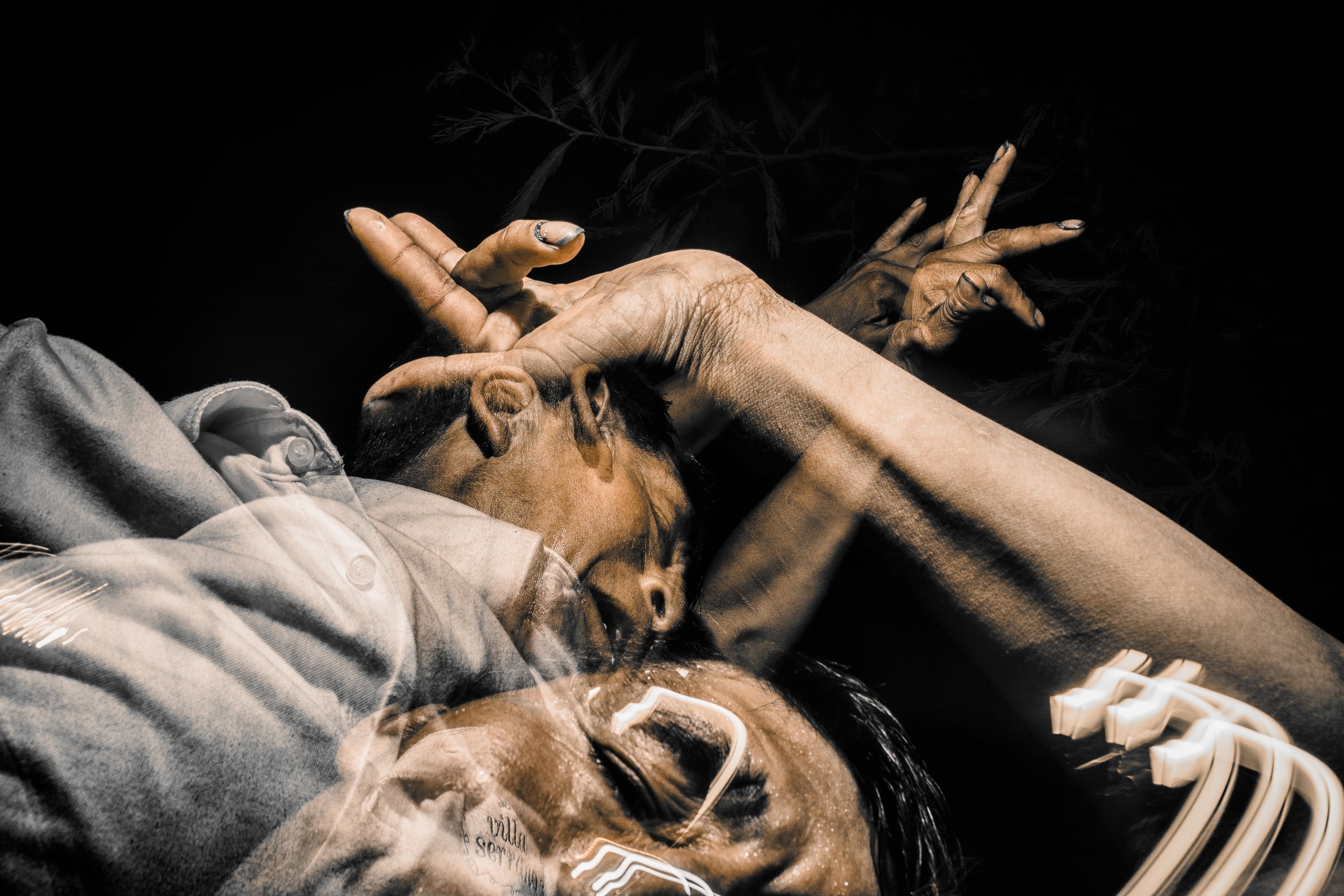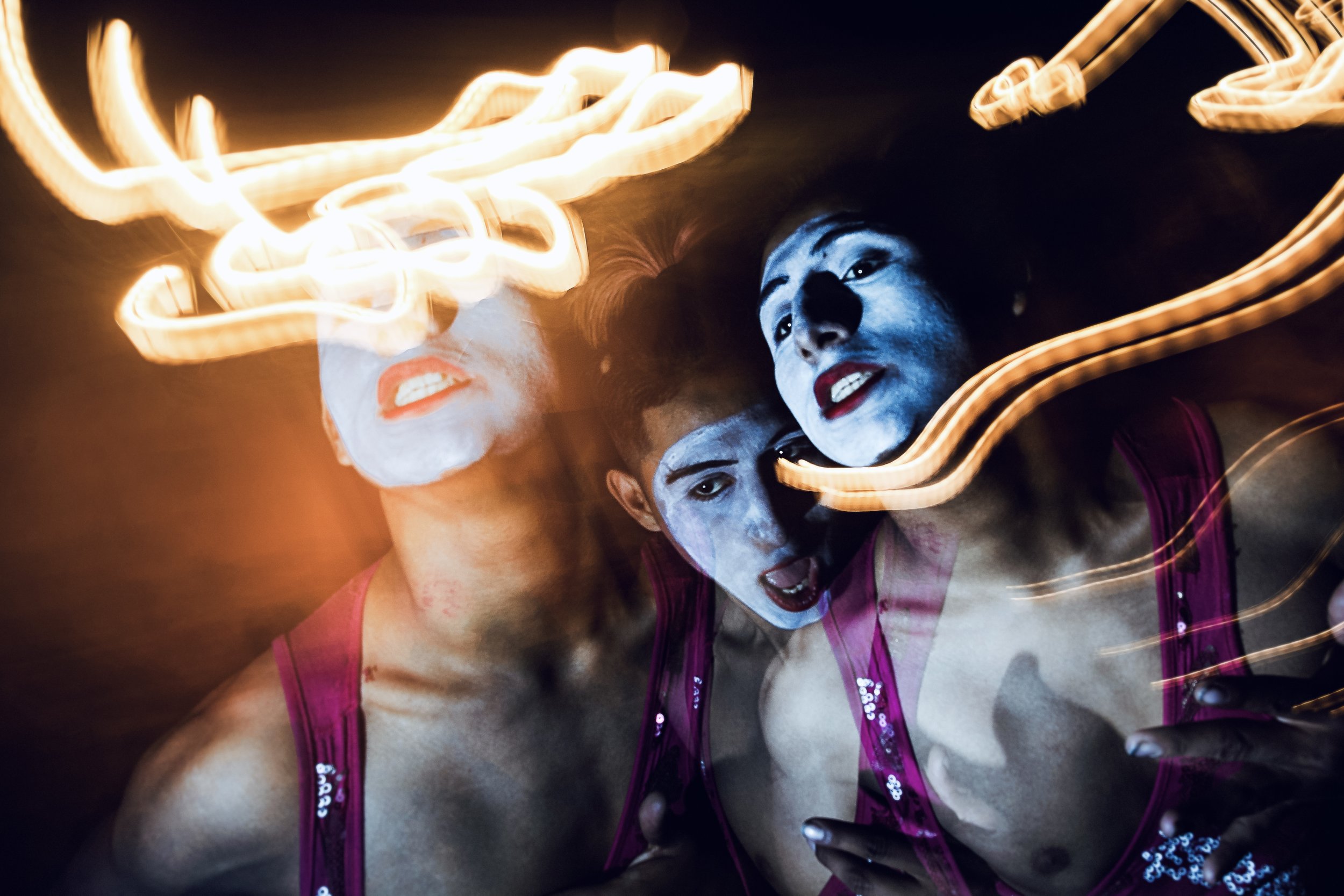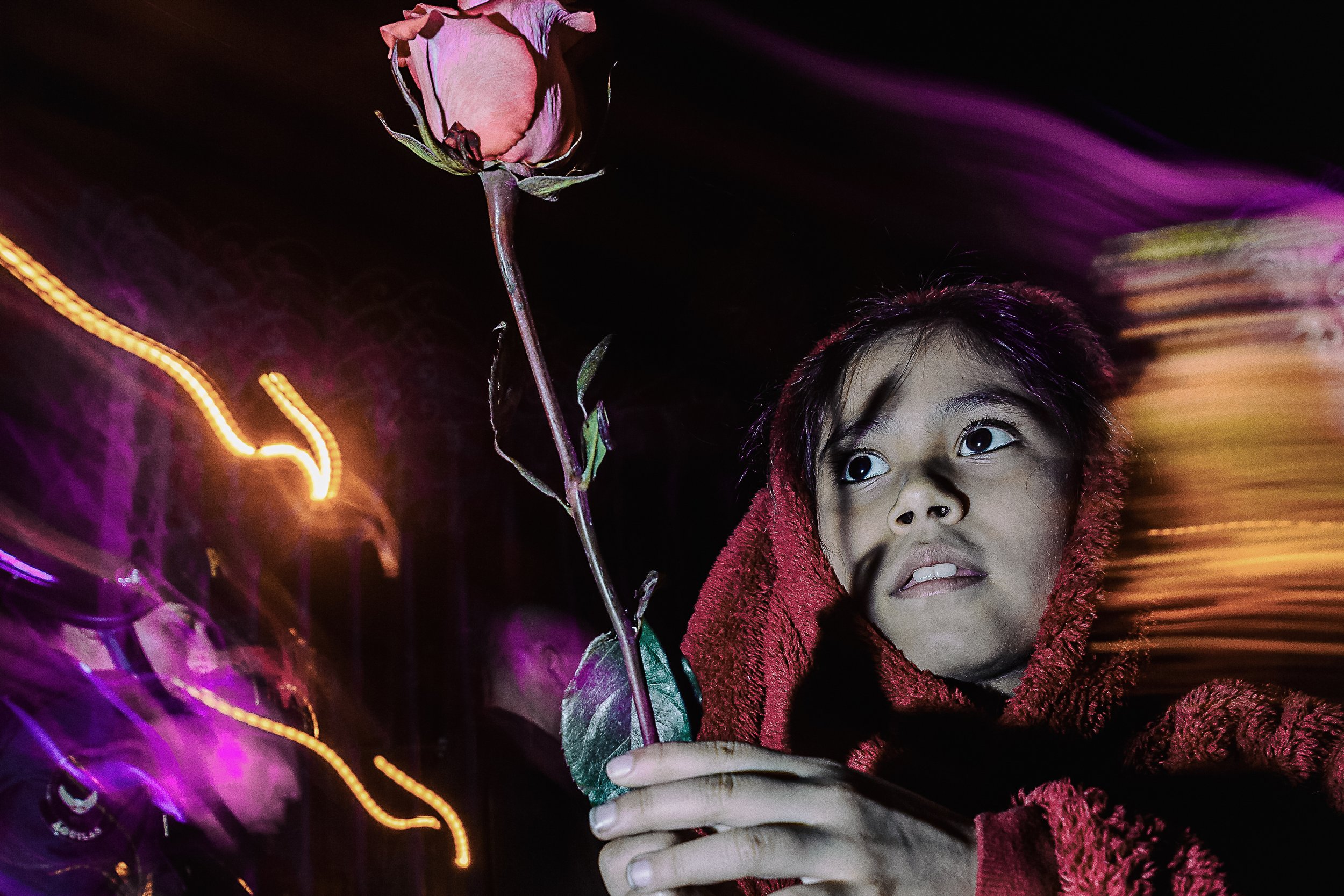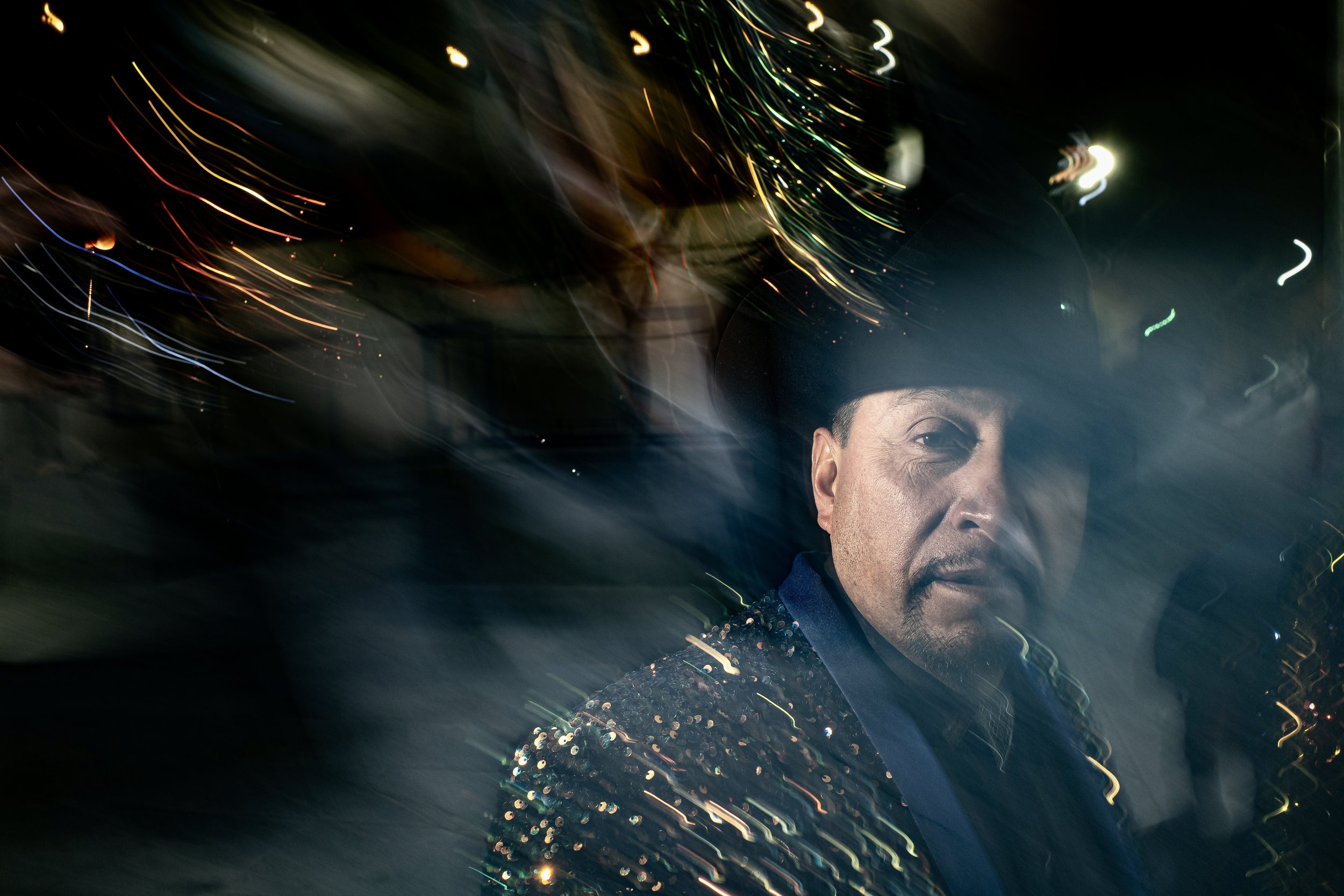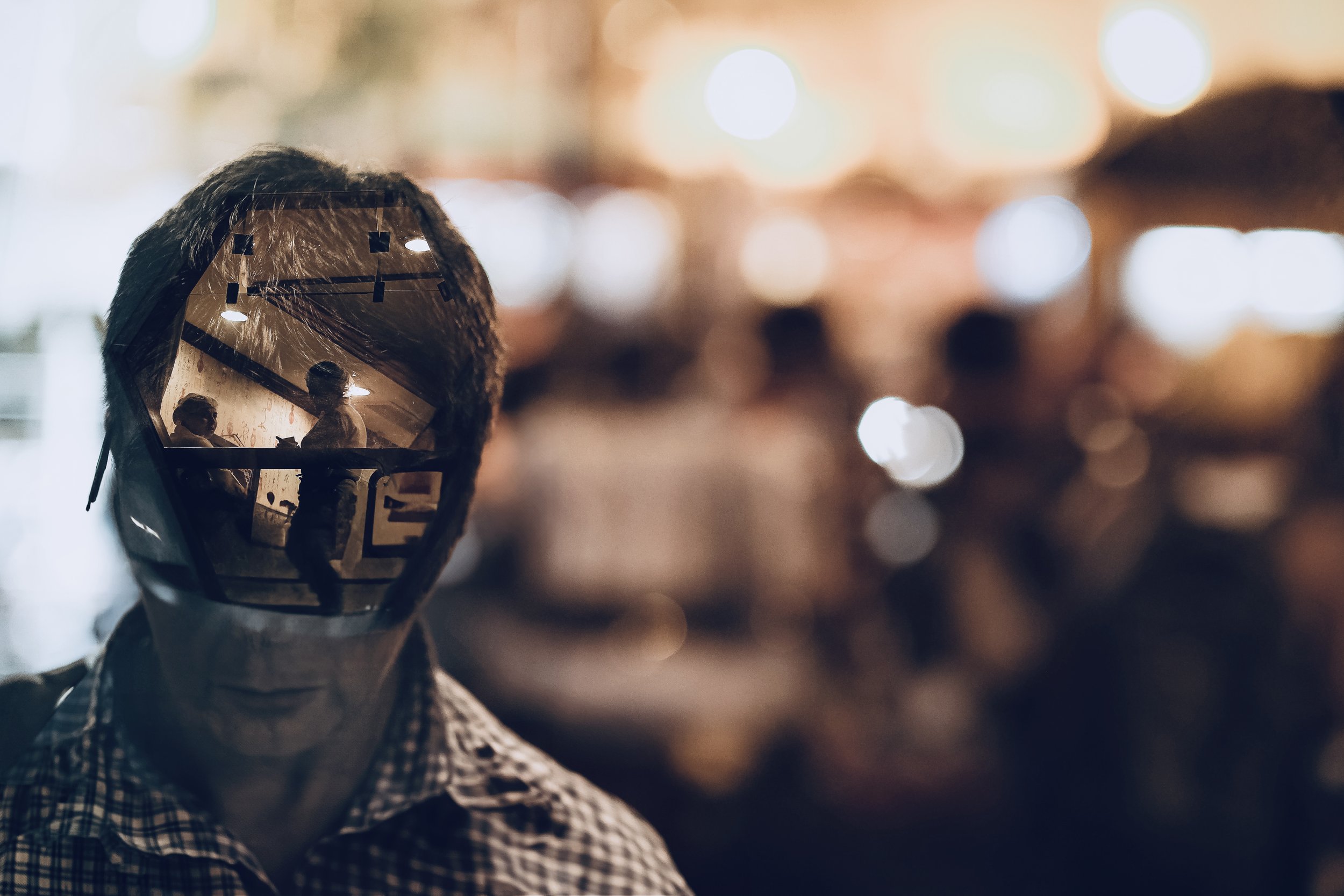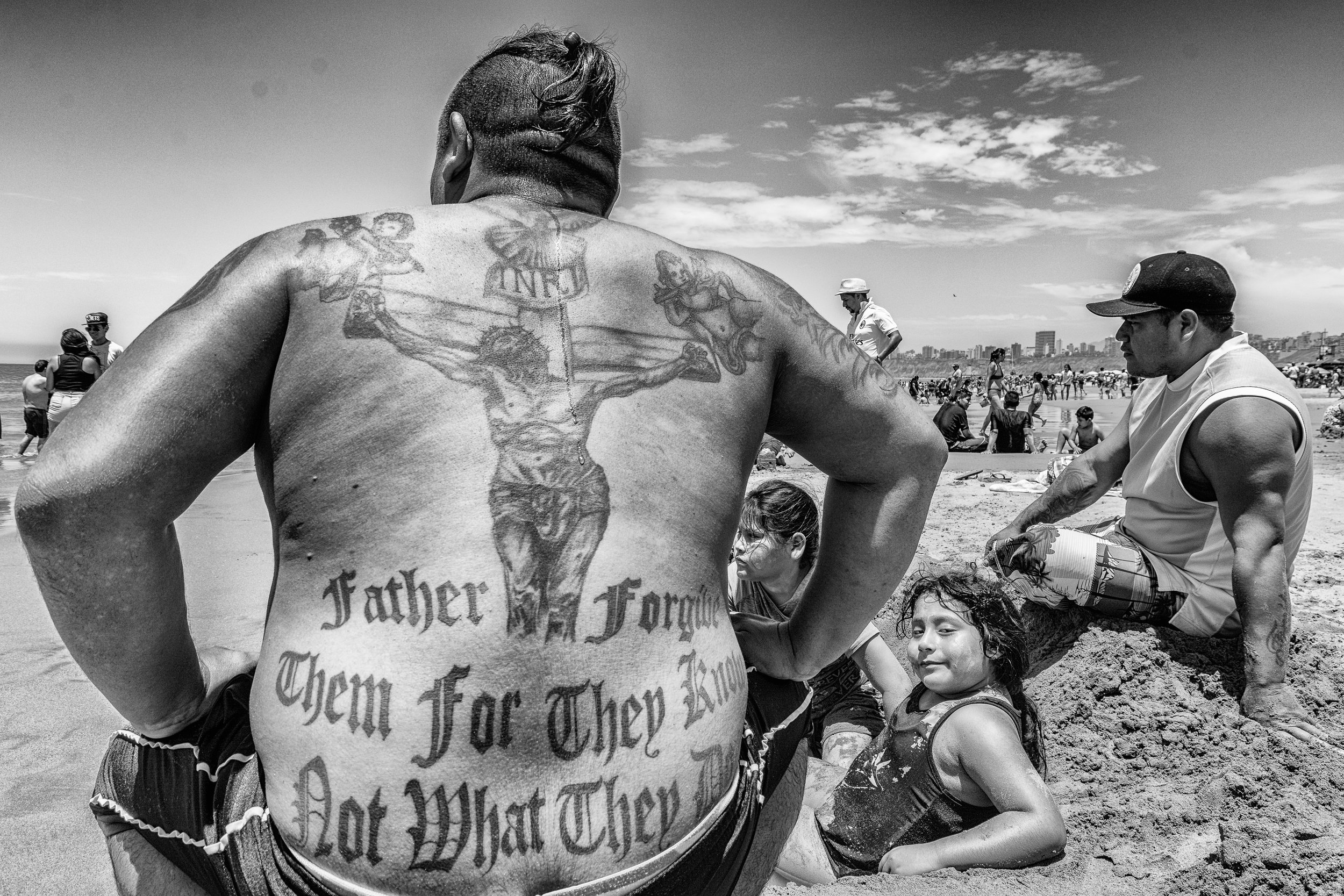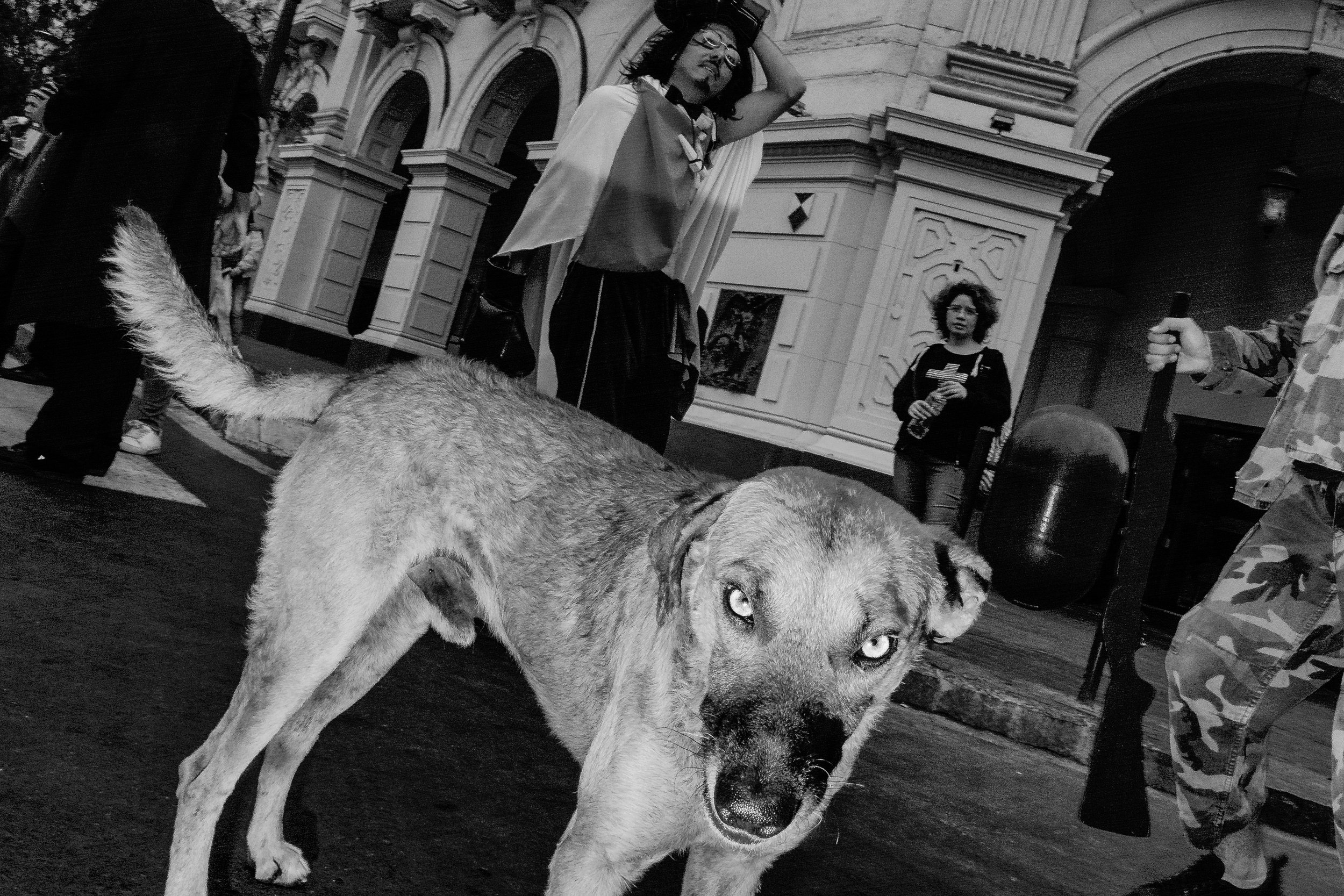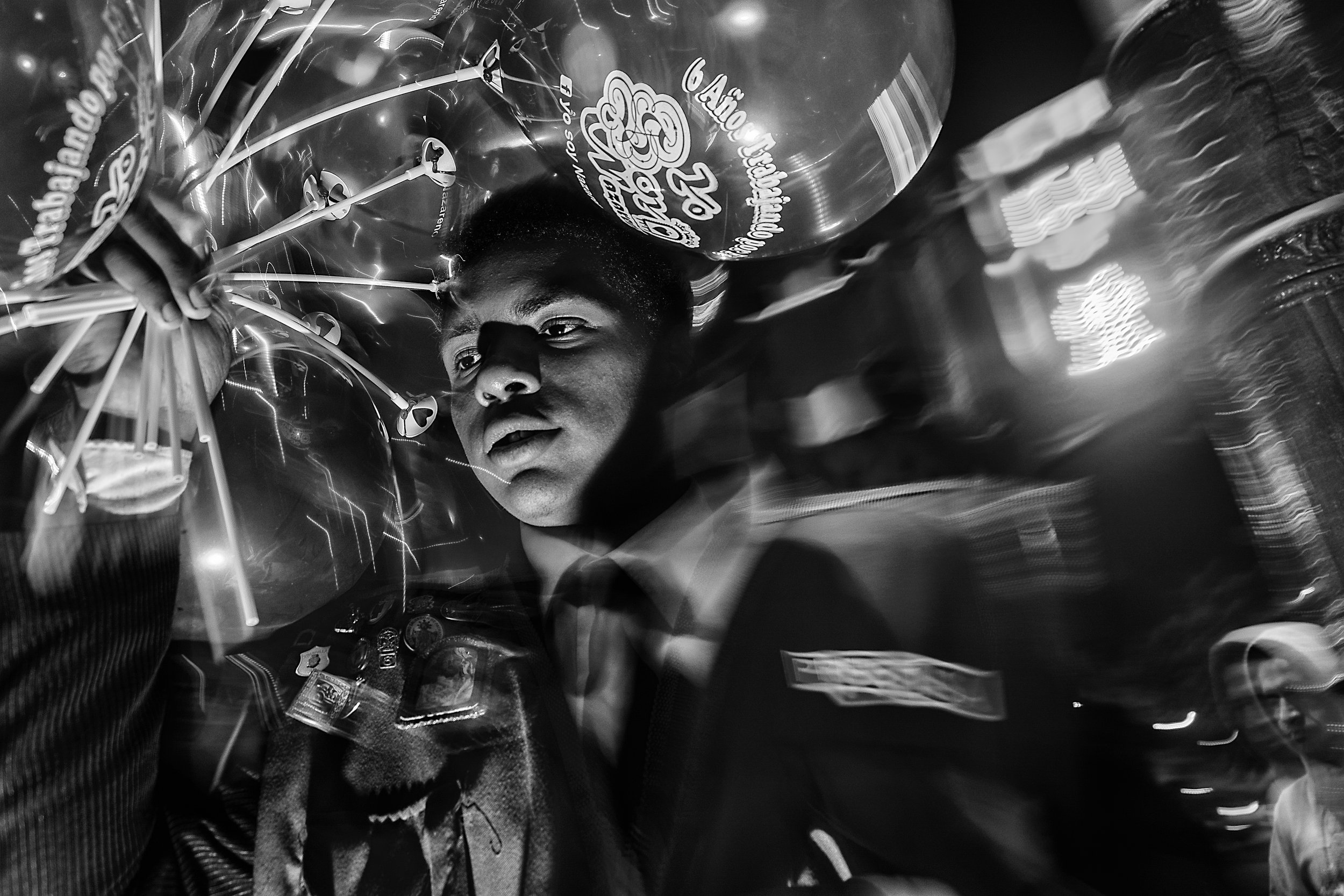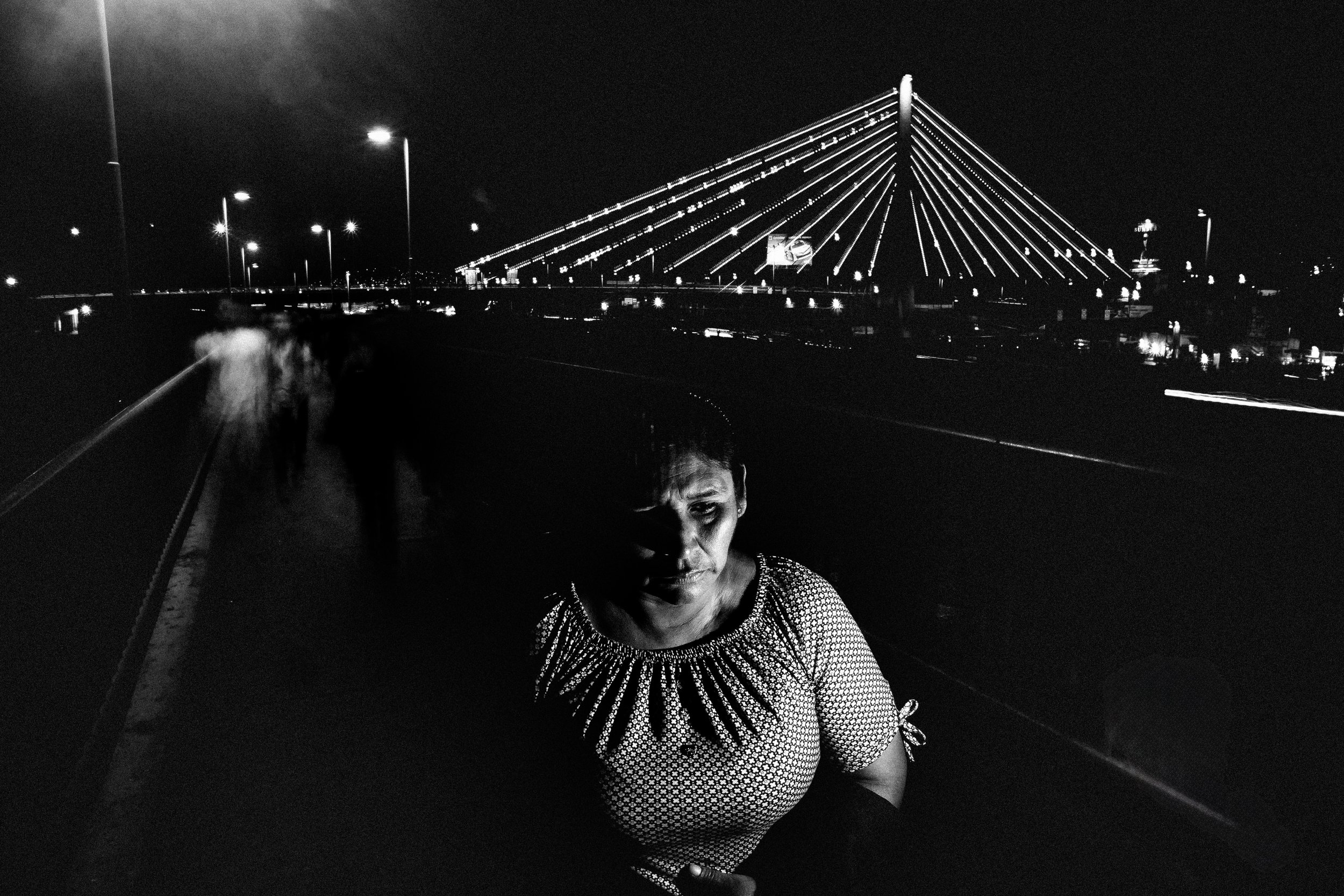STREETS UNLEASHED!
What's this?
Get ready for our NEW FEATURE on @progressivestreet
Isabelle and Federico are excited to introduce you to the work of photographers who truly stand out. Some of them may already have an international reputation, others are less well-known. But all of them share a unique vision on their craft that is inspiring!
Interview Arturo Cañedo, July 2025
Urban Rhythms at Rimac River: Peruvian photographer Arturo Canedo captures the human beat in "Downtown Lima"
Arturo Cañedo is an internationally known photographer from Lima, Peru. He has an academic background in Economics and Communication Sciences and has been studying painting, drawing and photography from an early age. From 2010 to the present, he has been developing documentary photographic projects and essays with various national and international NGOs on the condition of the human being and their relationship with the environment. In 2015, he started his long-term project, Downtown Lima. He has been teaching individual photography workshops that cover photographic language, project development, cultural management, and photographic exhibitions. He has also worked as a curator and juror in various Latin American countries. His work has been on display in exhibitions worldwide.
Isabelle: Hi Arturo, thank you very much for taking the time to talk about your photography. I came across your work on Instagram and I was immediately struck by your bold use of flash combined with a slow shutter speed and intense colours. Still, your portraits of people on the streets are poignant and convey tangible emotions. How does your background in painting and drawing influence your photographic style?
Arturo: First of all, I would like to thank you for the attention my photography work has generated. The encounter we have with art and the visual arts since childhood, in my case drawing and painting, only continues the playful experience of childhood, now with a different instrument: the camera.
Isabelle: What motivates you to capture people in their urban environments? Can you tell us a bit more about your project, Downtown Lima?
Arturo: The centre of Lima, the capital of my country, Peru, is crossed by the Rimac River. I was born and spent much of my life in the district that bears the same name (located on its right bank). My proximity to the centre and the connection between the Rimac district and Lima only continued the visual experience of one's own surroundings, a desire to know more about them, to this day.
Isabelle: When did you first discover that photography is your way of expressing yourself?
Arturo: Since I was a child, I've always had a predilection for art, for everything related to visual arts and music; they really caught my attention. Film was a space where everything flowed for me. I was fortunate enough to receive a gift from my father when I was 13: a camera. Before then, I had discovered that film was approximately 24 frames per second.
Isabelle: You have received several national and international awards, and your photos have been shown in exhibitions worldwide. You are the founder of Fraccion Collective in Lima. Why is it important to you to connect with fellow photographers?
Arturo: I believe that more than connecting with other photographers, it's about creating spaces where knowledge and photographic work can be shared and enjoyed. Furthermore, creating open spaces promotes the integration of participants, thereby enhancing their personal development and well-being. This last point, for me, is the true purpose of taking photographs.
Isabelle: You are also a member of the jury at the Mexico Street Photo Fest, which will take place in November. What, to you, makes up a good photo? And which photographers do you admire?
Arturo: I believe two points of view refer to classifying a photograph as good: The technical point of view (photographic, emotive, aesthetic, sociological, and semiotic) and the subjective (personal and emotional territory) that the viewer perceives and is stimulated through the image. The decision must always be accurate and balanced. My references are more than photographers; they are painters and musicians, as I believe that in these arts, the layers and narrative structures are defined just as in photographic projects, but in a much broader sense, allowing me to develop my own language without distraction. Mentioning photographic references would be unfair to name a few, since there are so many brilliant photographers in the documentary, artistic, and representational genres.
Isabelle: You are working independently for several national and international NGOs. Could you please tell us more about what you're doing and how it relates to your creative work?
Arturo: Regarding my strictly documentary work, it draws on different areas of human activity, whether from the social, economic, inclusion, cultural, and artistic spheres. The most representative layers of the work I do personally or intimately—and this happens on the street—are used very subtly in my documentary work so as not to take the subject to the representative or subjective genre, which I avoid for reasons of objectivity.
Isabelle: Finally, I am curious to know about your future projects and exhibitions. Is there anything in particular you would like to share with our readers?
Arturo: I am 100% dedicated to photography, and it is my source of income. Therefore, I am always developing and structuring projects related, first and foremost, to the INDIVIDUAL PHOTOGRAPHY WORKSHOPS I offer, where I teach Camera Handling, Photographic Language, and Project Development. These workshops culminate in an exhibition of my workshop participants. Cultural management is the link between my training as a teacher, curator, and photo editor. Regarding the latter, I am pleased to implement exhibitions in Latin America and Europe. Professionally, I carry out documentary projects as a freelancer. Currently, I am developing a personal photography project, which I am in the study and analysis stage. I hope to begin publishing it next year.
Arturo Canedo: : www.arturocanedo.com
Instagram: @arturocanedo.
@fraccion_collective

